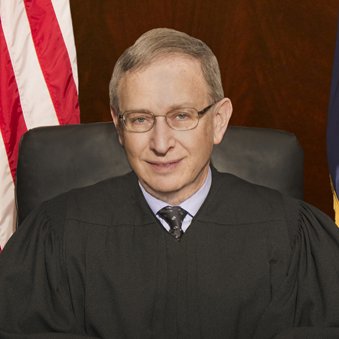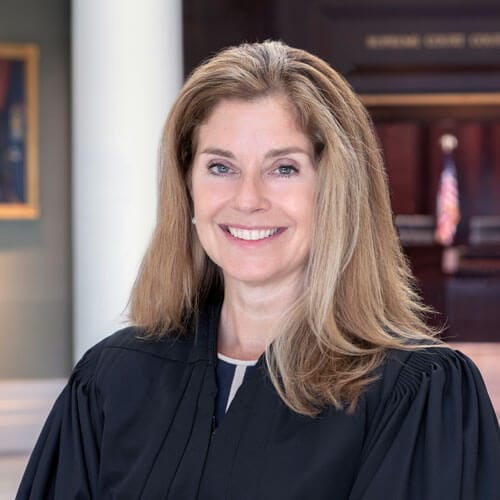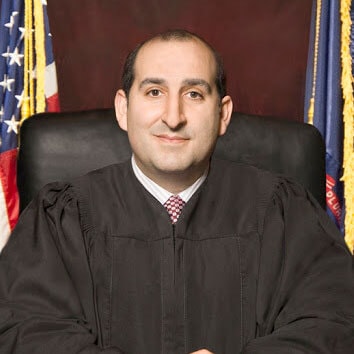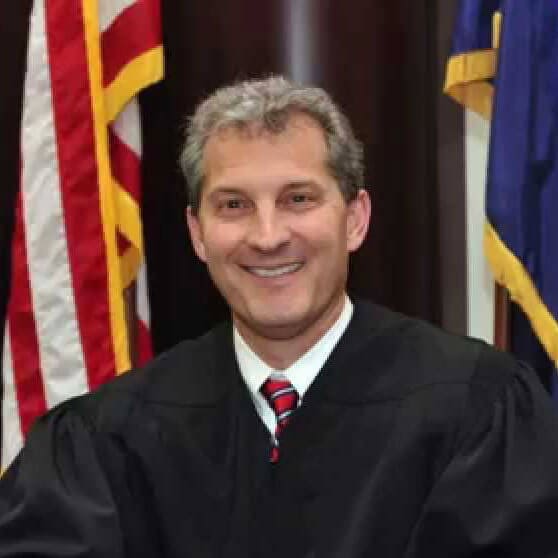And we’ll show you two ways to help. Together, we can be a voice for change and protect Michigan’s land, air, water, public health, and democracy.
This opinion hinders the ability for plaintiffs to seek damages for environmental contamination. The opinion could prevent property owners across the state from being able to bring lawsuits if they learn about legacy pollution on their properties far after the actual pollution entered their property.
Another large issue here is the Court’s rejection of the discovery rule. The discovery rule is a mechanism that would allow for a statute of limitations to be tolled, and to resume upon the plaintiff’s knowledge of the harm, as opposed to when the harm first occurred. Practically, in this case, an affirmation of the discovery rule would have meant that even though the harm occurred in the 1970s, the statute of limitations could be paused until property owners learned about the harm. The Court’s ruling, affirming Michigan’s rejection of the discovery rule, will make it much more difficult for plaintiffs alleging harm from environmental contamination upon their property to file claims in the future.
In 2000, soil samples in the Tittabawasee flood plain indicated the presence of dioxin, a hazardous chemical that can cause a variety of serious health problems. After testing, the Michigan Department of Environmental Quality (“MDEQ”) determined that the likely source of the dioxin was the Dow Chemical Company’s (“Dow”) Midland Plant, which had first started releasing dioxins back in the 1970s. Gary Henry, joined by other members, sued Dow for property damage. Dow moved for summary disposition based on the fact that the plaintiffs did not meet the statute of limitations* in filing their complaint. The circuit court denied Dow’s motion for summary disposition, a decision which the Michigan Court of Appeals later affirmed. In a unanimous decision, the Michigan Supreme Court then reversed the decision, ruling that the statute of limitations began to run when the harm was done, in the 1970s, not when the plaintiff discovered the harm.
* statute of limitations = a law passed by a legislative body to set the maximum time after an event within which legal complaints can be filed.
Dow has maintained a plant on the Tittabawassee River in Midland, Michigan, for over a century. Over the course of this time the plant has produced a variety of products including mustard gas, Agent Orange, Chlorpyrifos, and Styrofoam. In the spring of 2001, the MDEQ began testing in the Tittabawassee flood plain to confirm the presence of dioxin, a hazardous chemical and carcinogen, in the soil. MDEQ confirmed the presence of dioxin and determined that the likely source was from Dow’s Midland plant.
In March 2003, plaintiffs filed a complaint, claiming their property had lost value, and their ability to freely use their property was now restricted. Defendants then moved for summary disposition to dismiss plaintiffs’ property damage class, on the grounds that it was time-barred and there was no present physical injury to sufficiently prove negligence. The circuit court denied this motion. Defendants then made an appeal to the Court of Appeals, which issued a decision largely affirming the circuit court’s denial of summary disposition. Finally, the defendants appealed to the Michigan Supreme Court, and the Court of Appeals decision was reversed.
Whether the appellate court erred in finding that plaintiffs’ nuisance and negligence claims are not time-barred by statute of limitations and should therefore not be dismissed on summary disposition.
In a unanimous decision, the Supreme Court reversed the Court of Appeals’ ruling on the statute of limitations, granting Dow summary disposition.
The Court agreed that the statute of limitations begins to run at the time the wrong was done, regardless of the time when damage results, and that the wrong is done when the plaintiff is harmed. However, the Court held that in this case, harm to the plaintiffs occurred when dioxin contaminated their soil (in the 1970s), not when MDEQ notified the plaintiffs of this contamination (in 2002). Additionally, the Court rejected the discovery rule, further reaffirming that the statute of limitations began to run in the 1970s. After reversing the appellate court’s decision on the statute of limitations question, the Supreme Court remanded to the circuit court.







